Understanding the Escalating Crisis in Home Insurance Costs
Homeownership is often a cornerstone of the American dream, representing stability, security, and a significant financial investment. Protecting that investment with adequate homeowners insurance is not just wise, it’s typically a mandatory requirement for mortgage holders. However, in recent years, homeowners across the United States have faced a growing challenge: rapidly escalating insurance premiums. This isn’t just a minor annoyance; for many, it’s becoming a significant financial burden, forcing difficult decisions and sometimes making homeownership in certain areas almost prohibitively expensive. The search for effective solutions is urgent, leading many to ask what steps are being taken at the state level. Can state laws lowering home insurance premiums make a real difference?
The steep rise in costs impacts homeowners everywhere, but certain regions, particularly those prone to natural disasters like coastal areas or states with wildfire risks, have seen some of the most dramatic increases. Insurers are adjusting their risk calculations, leading to higher prices, reduced coverage options, and in some cases, insurers pulling out of certain markets altogether. This leaves homeowners with fewer choices and often considerably higher rates. Understanding the underlying causes of this crisis is the first step toward finding sustainable solutions.
For many families, the cost of home insurance has become unpredictable, adding another layer of financial stress. What was once a relatively stable annual expense can now jump by double-digit percentages year over year. This volatility makes budgeting difficult and can even impact property values in hard-hit areas. The ripple effect extends beyond individual homeowners, affecting the housing market and local economies.
Key Factors Driving Rising Home Insurance Premiums Across States
The forces behind the surge in home insurance costs are multifaceted and interconnected. While it might seem like a simple price hike, a complex interplay of factors is at play, impacting insurers’ ability to assess and price risk accurately and profitably. Here are some of the primary drivers:
- Increased Frequency and Severity of Natural Disasters: This is arguably the most significant factor. Climate change is contributing to more extreme weather events, including hurricanes, wildfires, tornadic activity, and severe flooding. These events cause immense property damage, leading to massive claim payouts for insurance companies. A single major hurricane or wildfire event can cost insurers billions of dollars, which must eventually be recouped through premiums across their policyholders.
- Rising Construction and Repair Costs: The cost of materials (lumber, concrete, roofing, etc.) and labor has increased significantly in recent years due to inflation, supply chain issues, and high demand. When a home is damaged, the cost to repair or rebuild is much higher than it used to be, directly impacting the value of claims paid by insurers.
- Supply Chain Issues: Related to construction costs, disruptions in the global supply chain can delay repairs and increase the cost of necessary materials, further driving up claim expenses for insurers.
- Inflation: General economic inflation reduces the purchasing power of money. For insurers, this means the cost of everything associated with processing claims and running their business goes up, from administrative costs to the expenses of investigations and repairs.
- Population Shifts: More people are moving to areas that are highly exposed to natural disasters, such as coastal regions or wildfire-prone zones. This increases the concentration of insured properties in high-risk areas, amplifying the potential for large losses during an event.
- Regulatory Environment: State insurance regulations play a crucial role in how premiums are set and approved. In some states, regulations designed to keep rates low have made it difficult for insurers to charge rates that accurately reflect the risks they face. This can lead to insurers limiting coverage or exiting the market, further exacerbating availability and affordability issues.
- Increased Litigation Costs: In some states, a rise in fraudulent claims or excessive litigation related to insurance claims adds significant costs for insurers, which are then passed on to policyholders through higher premiums.
- Reinsurance Costs: Insurance companies themselves purchase insurance, known as reinsurance, to protect against catastrophic losses. As the frequency and severity of disasters increase, the cost for insurers to obtain reinsurance also rises dramatically, and this cost is reflected in the premiums they charge their customers.
These factors combine to create a challenging environment for both insurers and homeowners. Insurers need to ensure they have enough capital to pay claims, while homeowners struggle to afford the necessary coverage. This tension puts pressure on state governments to find ways to stabilize the market and potentially enact state laws lowering home insurance premiums.
Examining State Laws Lowering Home Insurance Premiums and Their Impact
State governments have a vested interest in ensuring their residents can access affordable and available homeowners insurance. Insurance is regulated at the state level, giving state legislatures and insurance commissioners the authority to enact policies aimed at addressing the current crisis. However, the impact of these state laws lowering home insurance premiums can vary widely depending on their design and implementation.
Some states have focused on measures designed to increase market competition, encouraging more insurers to operate within the state. More competition can theoretically lead to lower prices as insurers vie for customers. Other states have implemented caps on rate increases or established state-run insurance programs as alternatives when private insurance is unavailable or too expensive.
The effectiveness of these laws is a subject of ongoing debate. While some measures might provide temporary relief for homeowners, critics argue that overly restrictive regulations on insurers can discourage them from operating in the state, ultimately reducing availability and potentially leading to higher costs in the long run. A delicate balance is needed between protecting consumers from exorbitant rates and ensuring the insurance market remains healthy and sustainable.
Furthermore, the specific challenges faced by each state influence the types of laws being considered. A state grappling with wildfire risk might focus on mitigation incentives, while a coastal state might prioritize hardening measures against hurricanes and reforming litigation practices. There is no one-size-fits-all solution, and the success of state laws lowering home insurance premiums often depends on accurately identifying and addressing the root causes of rising costs within that specific market.
Specific Legislative Approaches States Are Taking to Address Rate Hikes
States are exploring and implementing a variety of legislative and regulatory approaches to tackle the issue of rising home insurance costs. These strategies often aim to address different aspects of the problem, from encouraging mitigation to influencing rate filings. Here are some examples of approaches being taken:
Incentivizing Mitigation Efforts
Many states are recognizing that reducing the risk of damage can lead to lower claims and, consequently, lower premiums. Legislation in this area focuses on encouraging homeowners to make their properties more resilient to specific perils prevalent in the region. Examples include:
- Grants and Rebates: Offering financial assistance for homeowners to undertake projects like strengthening roofs against wind, creating defensible space against wildfires, or elevating homes in flood zones. Programs like Florida’s My Safe Florida Home program provide financial incentives for hurricane-resistant improvements.
- Building Code Updates: Mandating or incentivizing stronger building codes for new construction or significant renovations to better withstand natural disasters.
- Premium Discounts: Requiring insurers to offer discounts to homeowners who have taken certified mitigation steps to reduce their risk.
These mitigation-focused state laws lowering home insurance premiums aim to proactively reduce losses rather than simply reacting to them after a disaster occurs. By lowering the overall risk pool, the hope is that premiums can stabilize or even decrease over time.
Rate Regulation and Approval Processes
State insurance commissioners are responsible for reviewing and approving rate increase requests from insurers. Some states are considering or implementing changes to this process:
- Increased Scrutiny: Applying more rigorous review to justification for rate hikes.
- Caps on Increases: While controversial, some states have debated or implemented limits on the percentage by which rates can increase in a single year.
- Transparency Requirements: Mandating clearer communication from insurers to policyholders about the reasons for rate changes.
These regulatory measures directly impact the rates insurers can charge, aiming to prevent sudden or excessive increases. However, as mentioned earlier, if rates are capped too low to reflect the actual risk and cost of doing business, insurers may struggle to remain solvent or choose to leave the market.
Encouraging Market Stability and Growth
A healthy insurance market with multiple competing insurers can benefit consumers. States are trying to attract and retain insurers through various means:
- Regulatory Reforms: Streamlining the process for insurers to get approval for new products or rate adjustments, which can make a state market more attractive.
- Addressing Legal System Abuse: Implementing reforms to curb excessive litigation or fraudulent claims that drive up costs for insurers. For example, Florida recently passed significant reforms aimed at reducing litigation related to property insurance claims.
- Facilitating Reinsurance Access: Exploring ways to help insurers access affordable reinsurance, potentially through state-backed programs or incentives for reinsurers.
The goal here is to create an environment where insurers feel confident doing business, leading to more options and potentially more competitive pricing for consumers. These state laws lowering home insurance premiums focus on the supply side of the insurance market.
Utilizing State-Backed Insurance Programs
In states where the private market has contracted significantly, state-run insurer of last resort programs often become the primary source of coverage. Some states are looking at how to manage or reform these programs:
- Depopulation Efforts: Creating incentives for private insurers to take policies out of the state-backed program, moving them back into the private market.
- Rate Adjustments: Adjusting rates within the state program to better reflect risk, even if this means increases, to ensure the program’s financial stability and encourage the private market.
- Capacity Building: Looking for ways to increase the financial capacity of state-backed programs to handle large-scale disaster claims.
While not strictly state laws lowering home insurance premiums, these programs are a direct response to market failures and are managed by state governments. Their solvency and structure are critical for providing coverage when private options are scarce.
Legislative actions are constantly evolving as states try to find effective ways to manage these complex challenges. The desired outcome is to stabilize or reduce costs while maintaining a functional and solvent insurance market.
Challenges and Criticisms of State-Level Insurance Regulation
While the intention behind state laws lowering home insurance premiums is commendable, the path to achieving this goal through regulation is fraught with challenges and often draws criticism from various stakeholders, including insurers, consumer groups, and policymakers themselves. The insurance market is highly sensitive to risk and financial stability, and ill-conceived regulations can have unintended negative consequences.
One of the primary criticisms is that overly aggressive rate suppression, while providing immediate relief to consumers, can make it unprofitable or unsustainable for insurance companies to operate in the state. If insurers cannot charge rates that they deem sufficient to cover potential losses and operating costs, they may choose to:
- Reduce the amount of coverage they offer.
- Stop writing new policies in the state.
- Non-renew existing policies.
- Withdraw from the state market entirely.
This withdrawal leads to a reduction in market capacity and competition, making it harder for homeowners to find coverage at all, potentially driving up costs further in the long-term for the remaining options, including state-backed plans. This is a critical balance that state regulators must manage.
Another challenge lies in accurately predicting and pricing future risk, especially with the increasing volatility of natural disasters. Regulators must approve rates based on historical data and projections, but if climate patterns are changing rapidly, these models may not be adequate. Insurers argue they need flexibility to adjust rates to reflect current and projected future risks, while consumer advocates push back against potentially large increases based on uncertain future events.
The political nature of insurance regulation can also be a hurdle. Decisions about rate approvals and legislative reforms are often subject to political pressure from constituents demanding lower costs and insurers lobbying for rates that ensure profitability. Finding a consensus on the best approach can be difficult and time-consuming, potentially delaying necessary market adjustments.
Furthermore, state laws aimed at specific issues, like addressing litigation abuse, may face legal challenges, slowing down their impact. Reforms take time to implement and for their effects to be felt in the market. Meanwhile, homeowners continue to face rising costs.
Critics also point out that state laws lowering home insurance premiums often address symptoms (high prices) rather than root causes (increased risk from disasters, construction costs). While rate caps might offer short-term relief, they don’t change the underlying risk profile of a property or region. A more sustainable approach, many argue, involves significant investment in infrastructure, building codes, and mitigation efforts to actually reduce the potential for damage and thus lower the cost of insurance naturally.
The complexities mean that while states are actively seeking solutions, the legislative process is often slow, and the impact of enacted laws can be limited or even counterproductive if not carefully designed. Collaboration between regulators, insurers, consumer groups, and experts in climate science and construction is essential for developing effective and sustainable strategies.
What Homeowners Can Do While States Work on Solutions
Facing rising home insurance premiums can feel overwhelming, but homeowners are not entirely powerless. While state laws lowering home insurance premiums are being debated and implemented, there are proactive steps individuals can take to potentially mitigate costs and ensure they have adequate coverage.
Review Your Policy Annually
Insurance needs change over time. It’s crucial to review your homeowners insurance policy every year. Understand your coverage limits, deductibles (including specific deductibles for perils like wind or hail), and any exclusions. Ensure your coverage limits are sufficient to rebuild your home at current construction costs, which may have increased significantly. Consider if adjusting your deductible makes sense for your financial situation.
Shop Around for Quotes
Don’t automatically renew with your current insurer, especially if your premium has increased substantially. Obtain quotes from multiple insurance companies, including regional carriers that might offer more competitive rates in your area. An independent insurance agent can be particularly helpful here, as they can compare policies and prices from various insurers for you. Shopping around is one of the most direct ways individuals can try to find a lower premium.
Comparing quotes isn’t just about the price; it’s also about comparing coverage. Make sure you are comparing similar levels of protection across different quotes. A lower premium isn’t a good deal if it leaves you underinsured in the event of a claim.
It can be beneficial to revisit your insurance needs if you’ve made significant changes to your home or your life. For instance, if you’ve completed major renovations, your dwelling coverage limits might need updating. If you’ve acquired valuable items, you might need endorsements or separate policies.
Improve Your Home’s Resilience
Investing in mitigation efforts can not only protect your home from damage but may also lead to lower insurance premiums or make you eligible for discounts. Consider improvements relevant to the risks in your area:
- Installing impact-resistant roofs or windows in hurricane-prone regions.
- Creating defensible space around your home in wildfire areas by clearing vegetation.
- Elevating your home or installing flood vents in flood zones. (Understanding your flood risk and taking steps to mitigate it is increasingly important.)
- Updating electrical systems or plumbing to reduce the risk of fire or water damage. (Does homeowners insurance cover plumbing? Understanding this can help with preventative maintenance.)
Even small improvements can sometimes make a difference. Talk to your insurance agent about what mitigation measures could impact your premium. Many states are encouraging these efforts through legislation that ties mitigation directly to insurance costs.
Maintain Your Home
Regular home maintenance can prevent small issues from becoming large, expensive claims. Simple tasks like cleaning gutters, trimming trees, inspecting your roof, and maintaining your heating and cooling systems can go a long way in preventing damage. Vital homeowner maintenance tips are not just about upkeep; they’re about risk reduction, which insurers appreciate.
Increase Your Deductible (With Caution)
Opting for a higher deductible can significantly lower your annual premium. However, this means you will have to pay more out-of-pocket if you need to file a claim. Only choose a higher deductible if you have sufficient savings readily available to cover that amount. Consider your financial comfort level with potential out-of-pocket expenses.
Improve Home Security
Installing a home security system, smoke detectors, and potentially a smart home system that monitors for issues like water leaks can sometimes qualify you for insurance discounts. These measures reduce the likelihood of theft, vandalism, fire, and water damage claims.
Inquire About Available Discounts
Many insurers offer various discounts that homeowners may not be aware of. Ask your agent about discounts for:
- Bundling your home and auto insurance policies. (Bundling can often lead to significant savings.)
- Having a claims-free history.
- Being a member of certain associations or professions.
- Having a good credit score (in states where this is permitted).
- Installing protective devices (alarms, sprinklers).
Don’t be afraid to ask your agent to review all potential discounts you might be eligible for. Even a few small discounts can add up.
Stay Informed About State Initiatives
Keep track of the legislative efforts in your state regarding insurance reform. Understanding proposed state laws lowering home insurance premiums can help you understand potential future changes and how they might affect you. You can often find information on your state’s Department of Insurance website or by following local news.
Engaging with local representatives or participating in community discussions about insurance challenges can also help amplify the need for effective solutions.
While the broader issues driving up home insurance costs require systemic solutions, taking these individual steps can help homeowners manage their insurance expenses and protect their properties more effectively in the current challenging market. Consult with a trusted insurance professional to understand your specific situation and the best options available to you.
Have questions? Contact us here.






